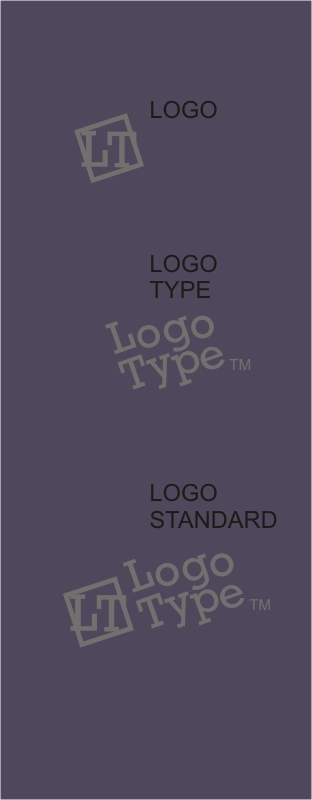 Logos represent a brand, a business, a source of origin; known in the legal realm as Trademarks.
Logos represent a brand, a business, a source of origin; known in the legal realm as Trademarks.
Do you know the difference between a “logo” and a “logotype”?
A logo is the artistic or graphic element of a trademark; and logotypes are the words of a trademark (usually an adaptation or arrangement of a specific font). When both elements are displayed together they become the “logo standard” for a brand.
Do you know the difference between a “™” Trademark,
“®” Registered Trademark, and
“©” Copyright notice?
The ™ mark places the public on notice that the logo is a trademark; it identifies a product or service source of origin, and ™ mark is primarily protected by state laws. The ® mark means the same as above except that the trademark is a Federally registered trademark with the U.S. Patent and Trademark Office; and entitled to protection and remedies under U.S. Federal trademark laws.
Trademarks are expressions of identity. A good example is the “AT&T” trademark. The round “globe artwork” is the logo and the “at&t” font arrangement is the logotype.
The idea of a trademark identifying the source of the product is credited to medieval merchants of Europe. Common medieval folk could not read or write, so merchants and craftsmen would hang a shop sign that was emblazoned with unique artwork to identify their shop. The unique artwork 1) showed the nature of their businesses and 2) distinguished between similar merchants and craftsmen in the same businesses. And in time, the unique artwork became a simple trademark that was placed on the products to identify the source of origin.
Products bearing a simple trademark were effective brand advertisements. The producer of a product could be identified by the trademark that was placed on the product. This rewarded the merchant or craftsmen’s with new customers.
A trademark can build awareness and brand loyalty; because consumers reward good products and services with repeat business and referrals.
In order for a trademark to be protected by State or Federal laws – the trademark must be in use. A trademark that is never used can not suffer a trademark infringement. The unpublished logos in my sketch books and hard drives do not have trademark protection – only copyright protection. Trademark protection begins when the trademark is used in the market place and used to identify a source of a product or service. A couple of common examples of trademark infringement would be imitation Gucci Handbags and fake Air Jordan footwear.
Trademarks are industry specific. For example: there should be no identity conflict between a BYTE computer company and a BYTE pizza business because of their separate industries. If both businesses are owned separately and both use the same trademark – then there is a conflict. In cases of conflict the legal questions are: who’s trademark was first to the market, and, what is the likelihood of consumer confusion?
For me, the “design test” of a logo is whether the logo design is readable, clear and appealing, in a one-color scheme, at a reduced (postage stamp) size. Under those conditions, if it is readable and clear – it passes the logo design test.
A trademark “graphic standard” is a critical factor that is often ignored by businesses. A graphic standard shows the “do’s and don’ts” of trademark use. Never mutilate a logo – always follow the logo standards. Putting your trademark on your message and products should conform to the established graphic standard. History has proven that commercial benefits and advantages flow from this simple principle.
Think of your trademark as your name, with a reputation to grow and protect.
